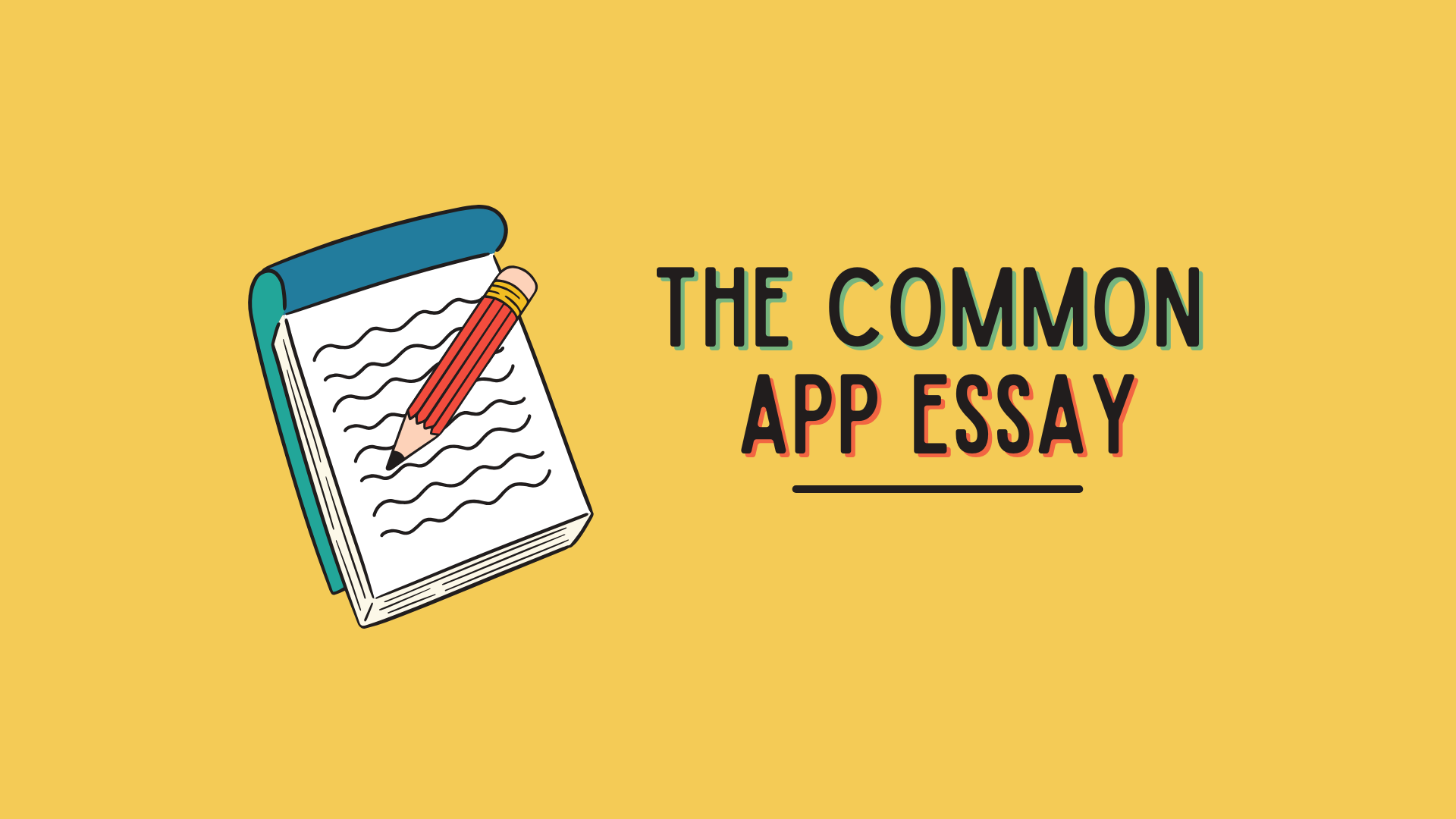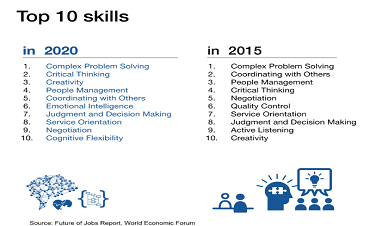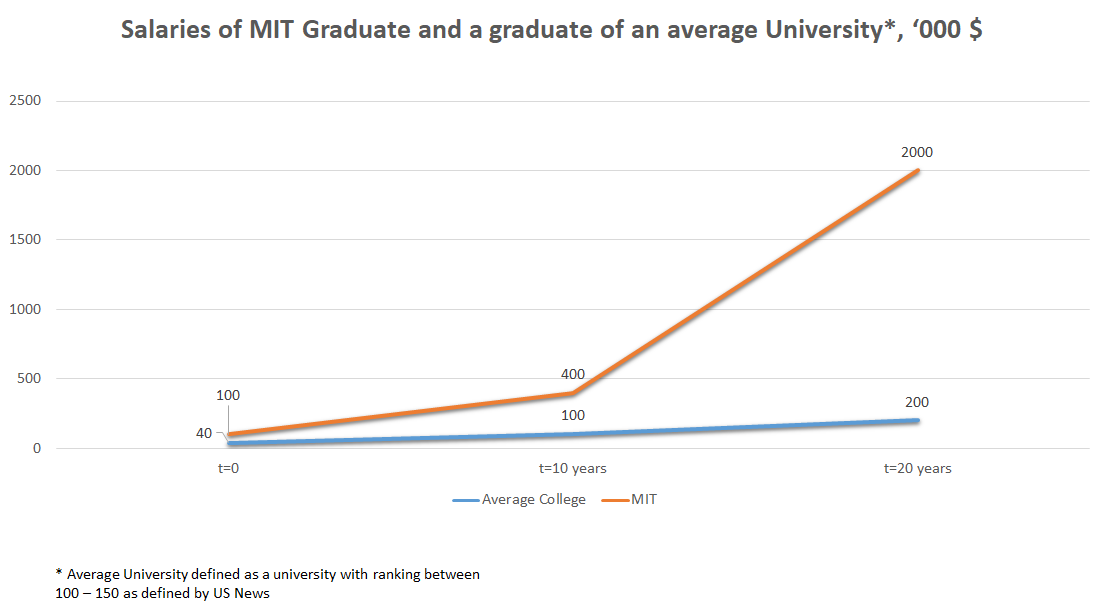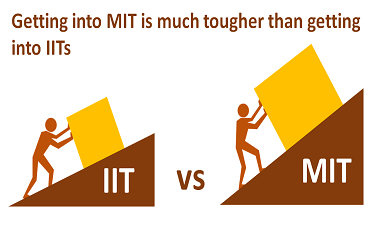Multi-Disciplinary Learning is the Key to Future Success
- Written by UnivAdmitHelp
- Category: Mentoring
- Published on 19 Jun 2019
At UnivAdmitHelp, it has been our constant endeavor to broaden the mind-space of our youth. The real question is “how do we broaden the mind-space”?
A fascinating theory about multi-disciplinary reading and learning by Charlie Munger talks about a “latticework of mental models”. The premise is simple: you need to find and understand the core principles from many disciplines in order to make better decisions in all spheres of life. According to Munger, if you learn all the big ideas and how they interrelate, better and more rational thinking will naturally follow.
Steve Jobs is shining example of how multi-disciplinary thinking led to great creativity and world-changing products. Amongst the finer details is how the Mac came with multiple fonts and typefaces because Jobs had taken a calligraphy class in college. Claude Shannon (father of the modern Information Age) combined philosophy with electrical engineering to transmit any information electronically. Research has also found that Nobel laureates are 22 times more likely to have interests outside of their domain of specialization.
A new book, Range: Why Generalists Triumph in a Specialized World by David Epstein, takes this idea even further. It provides excellent examples from many domains. As the title itself suggests, the crux of the book is that it takes wide swathes of experience and much practice to remain on top of any domain for a long-time. Those who wander away, and slowly later find their way to the domain that they ultimately shine in, have generally shown more creativity, thus making their reign on the top longer and more productive. While not taking away from the specialists, there are some domains like chess, golf, bridge, poker, playing music, accounting, surgery, firefighting, etc. where the environments are “kind” – patterns emerge and are more likely to repeat themselves. It seems that specialists really do have a head-start over generalists. (But new experiments have shown that using machines with the computing power to discover these patterns effortlessly, allows generalists to better specialists in these environments too.) But new experiments, using machines with the computing power to discover these patterns effortlessly, show that generalists have an upper hand over specialists in these environments too.
Similarly, John Kay talked about obliquity, a related construct where in order to solve a problem, you take a more generalized, often round-about route rather than simple or a direct one. He cites numerous examples from business to sciences to illustrate why an oblique approach is fundamentally superior to a direct approach. He talks about the success and failure of ICI – the large chemical company from Great Britain, Bear Sterns – the uber-successful, now extinct, hedge-fund and many others. Akin to obliquity, multi-disciplinary approach builds the base which is wider and stable and allows you to foray into paths which have not been travelled before. Thus, it leads to new ideas, novel solutions and help you build success which is sustainable.
McKinsey popularized the concept of ‘T’ shaped leaders. The horizontal stroke of the ‘T’ represents the breadth of the experience of a person, while the vertical stroke” is the depth of a skill in a specific area. Breadth is critical in this context because it allows for the practitioner to explore different domains which can contribute to the growth of a specific depth. In careers, this is widely prevalent and manifests itself through building of a broad base across disciplines (like sales, marketing, commercial, logistics, etc.) before choosing a specialty and building depth in that.
In the modern, post 4thIndustrial revolution context, we are witnessing the hollowing of the job pyramidwith jobs at the top and at the bottom but relatively fewer mid-level jobs. The people who rise to the top are the ones who are ‘T’ shaped generalists with multiple skills rooted in multi-disciplinary learning. The specialists are getting left out – you would see many mid-career bloopers, specifically people who were at the peak of their careers but around the age of 40-45 found themselves redundant – either replaced by technology or by relatively inexpensive resources. Multi-dimensional generalists have the capability to pivot and re-invent themselves and that is extremely critical in the current times!
Exposure to a wide variety of fields with greater depth allows us to broaden our mind-space. A new space of curated contentwith a slew of short courses aligned with jobs of the future has been designed to spark curiosity and start young minds on a path of learning. These are nuggets of multi-disciplinary learnings and try to coalesce interests and skills across a variety of disciplines in service of specific topic. In order to further this learning, UnivAdmitHelp has launched a fortnightly newsletter as well: AnaVision.
The bottom-line is, we need to develop a multi-modal thinking process in order to survive in this new connected and automated world.
Other Useful Links
Align your Persona with that of the University that you are planning to get in
Experimental innovator who got into the Parsons, New York
Peer Pressure in the context of Education Options
Who should I get my References from?
Recent Posts
-

Comprehensive List of 30+ questions that High School Indian Parents and Students ask for US Admissions..
-

Common App Essay Tips 2025
-

Best extra-curricular activities for college admission for Indian students
-

How Many Universities Should You Apply To? Expert Tips for U.S. and U.K. Admissions for Indian Students
-

Step-by-Step Guide to Creating an Exceptional Capstone Project for Indian Students




